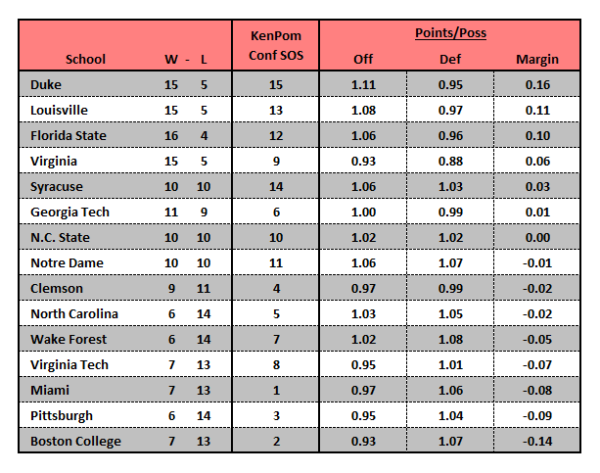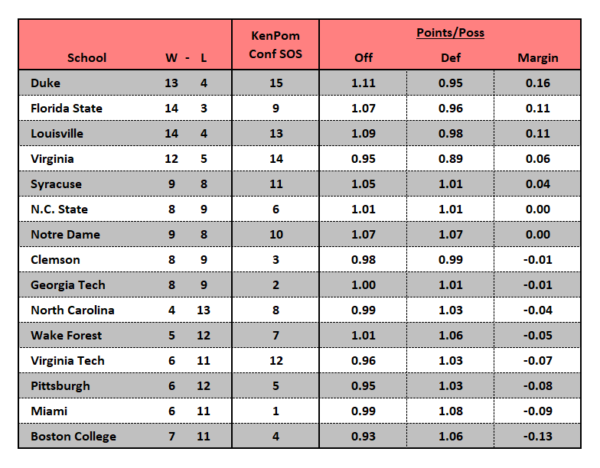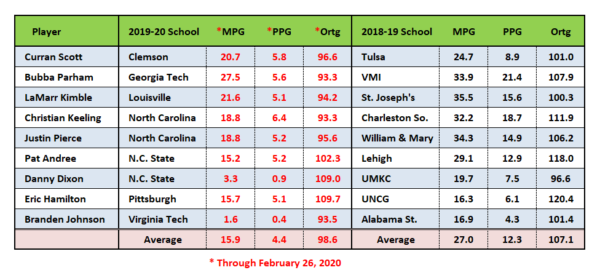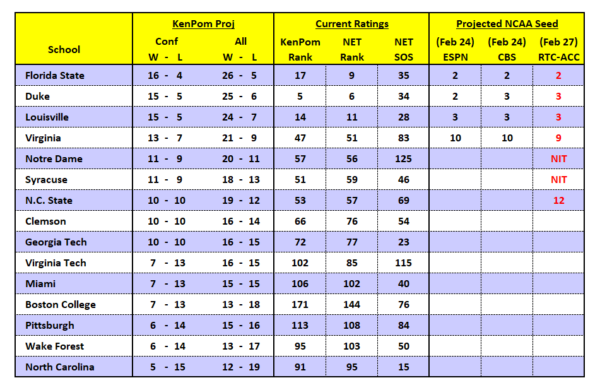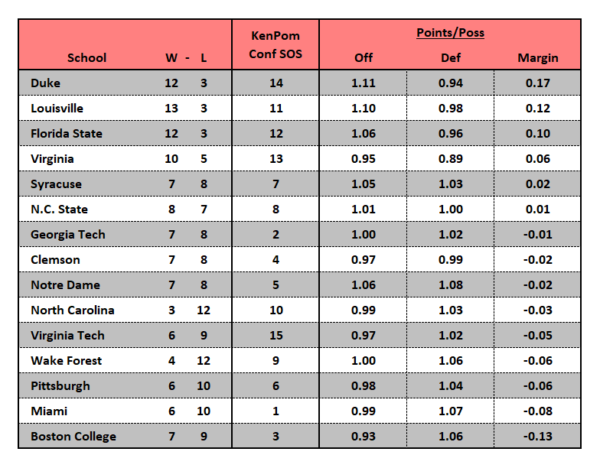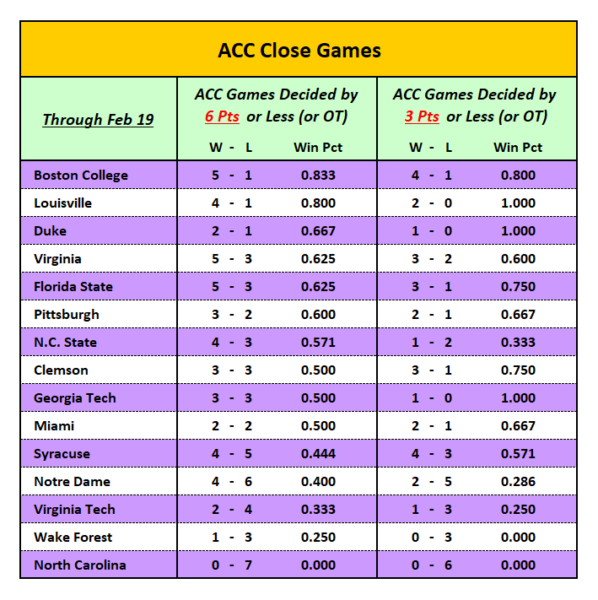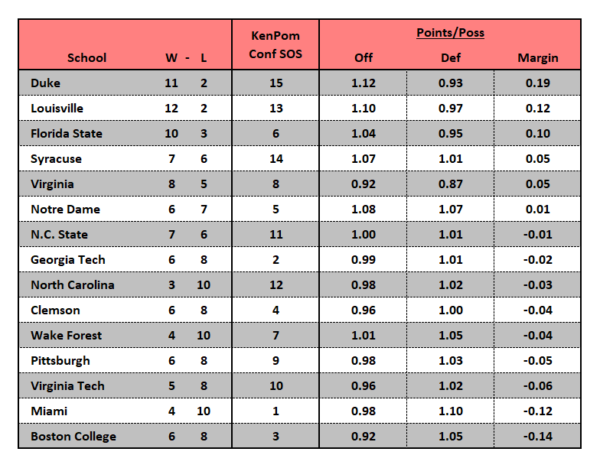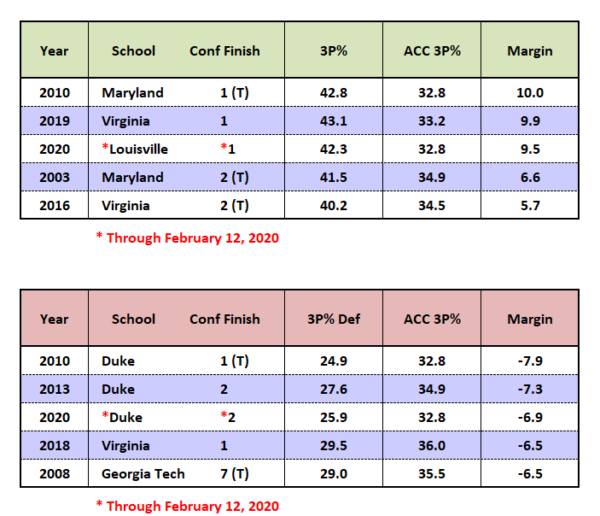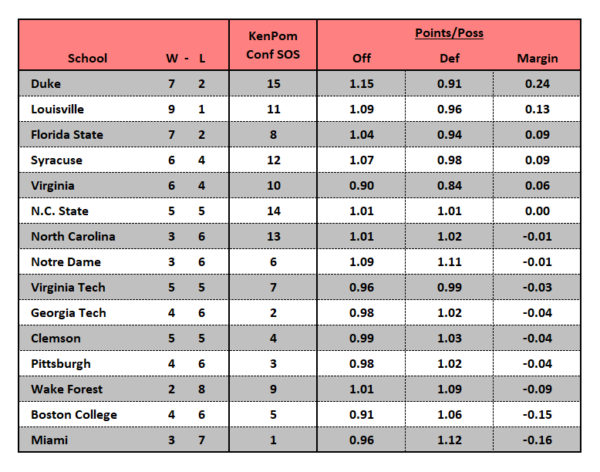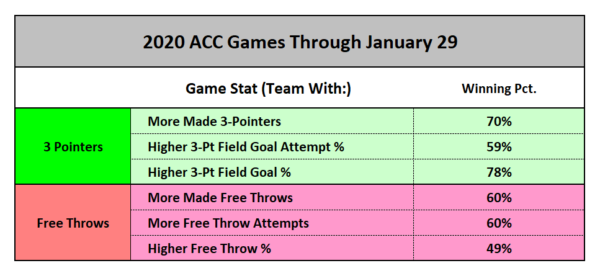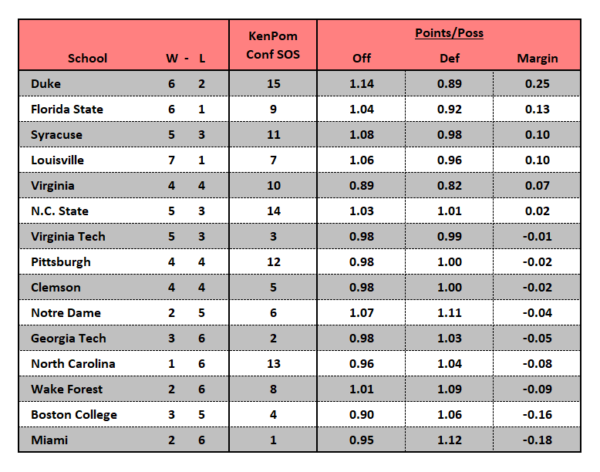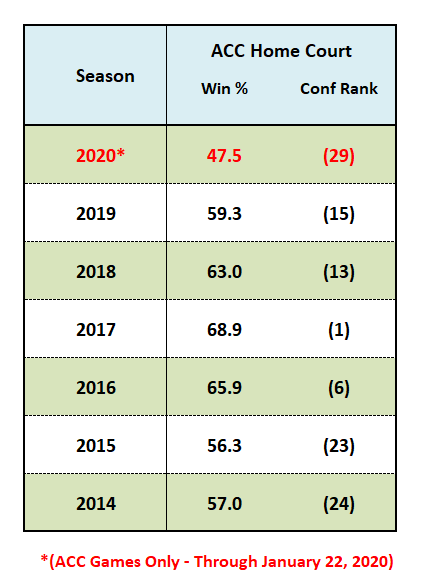2020-21 RTC16: Week 13
Posted by Matthew Eisenberg on February 22nd, 2021Michigan picked up its most impressive victory of the season with its five-point win over the weekend at Ohio State. The two teams combined to shoot 53.4 percent from the field and used tremendous ball movement to each find open shots all game long. Elsewhere, Ayo Dosunmu picked up his second triple-double of the season; West Virginia came roaring back from another double-figure deficit to pick up a win at Texas; and Florida State put up 80+ points on Virginia. With just one week left in February, the RTC16 continues to fluctuate outside of the top three.
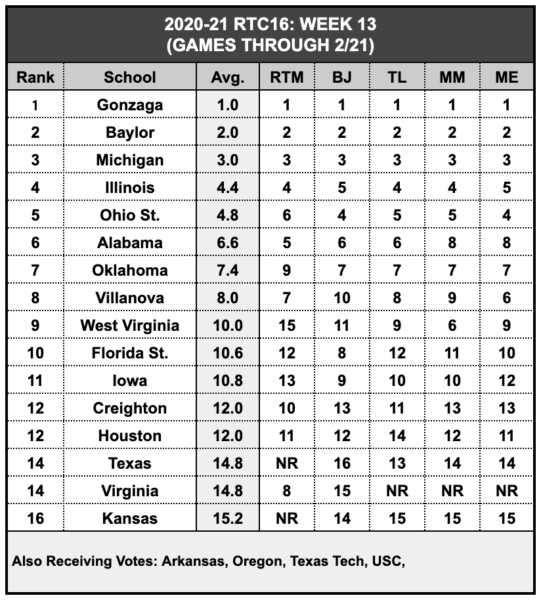
CONFERENCE BREAKDOWN: Big 12 (5), Big Ten (4), ACC (2), Big East (2), AAC (1), SEC (1), WCC (1)
RISING
- Duke: After losing its opening three games of the month, Duke has now won three contests in a row, including a weekend win over Virginia. The Blue Devils made 60.7 percent of their two-point field-goal attempts against the Cavaliers, becoming just the second Virginia opponent to eclipse the 60 percent mark, joining Gonzaga.
- Florida State: Leonard Hamilton’s team jumps back into the RTC16 with a 2-0 week, which included a 21-point win over Virginia. Junior Raiquan Gray is averaging 16.8 points per game and nine rebounds per game over his last five outings. Now with a one game lead in the loss column in the ACC standings, the Seminoles stay on the road for a pair this week.
- Maryland: A 3-0 week pushed Maryland to 14-10 and 8-9 in league play. They avoided the obstacle that was back-to-back against resume-killing Nebraska and then won at Rutgers over the weekend. Aaron Wiggins posted a pair of double-doubles and Jairus Hamilton was productive off of the bench, knocking down 6-of-12 three-point attempts last week.
FALLING
- Louisville: Louisville returned from a near three-week break and lost by 45 points at North Carolina, the most lopsided defeat in program history going back to the 1949-50 season. Louisville, the ACC’s worst three-point shooting team, shot 6.3 percent on its 16 three-point attempts. This was the worst three-point shooting performance of any Louisville team since 2010 (min. 10 3PA).
- Minnesota: The Golden Gophers led at Indiana, 45-39, with 17:14 to go in the game before they were on the wrong side of a 36-16 run over the next 15 minutes which flipped the game. The Gophers returned home over the weekend and never were in the game against Illinois. Having lost eight of their last 11 games, what was once a strong resume is becoming a much bigger issue with each new loss.
- Saint Louis: A 19-of-70 shooting performance against Dayton was a major factor in the Billikens’ 23-point loss to the Flyers. The loss was the team’s third in the A-10 and with the way the conference has been ravaged with cancelled games, its a loss that could become costly with respect to conference tournament seeding. Saint Louis gets a shot at boosting its resume this week with games against VCU and Richmond.
NOTABLE GAMES OF THE WEEK
- Monday: Oregon @ USC, 9 PM EST, Fox Sports 1
- Tuesday: Kansas @ Texas, 9 PM EST, ESPN2
- Wednesday: Alabama @ Arkansas, 9 PM EST
- Thursday: Iowa @ Michigan, 7 PM EST, ESPN
- Saturday: UCLA @ Colorado, 10 PM EST
- Sunday: Iowa @ Ohio State, 4 PM EST, CBS





























